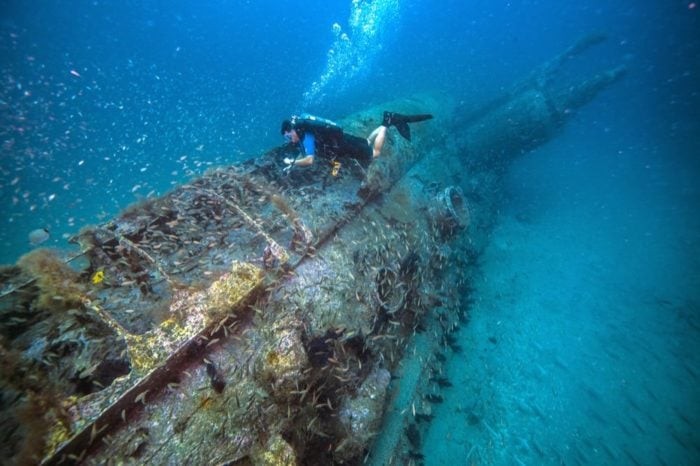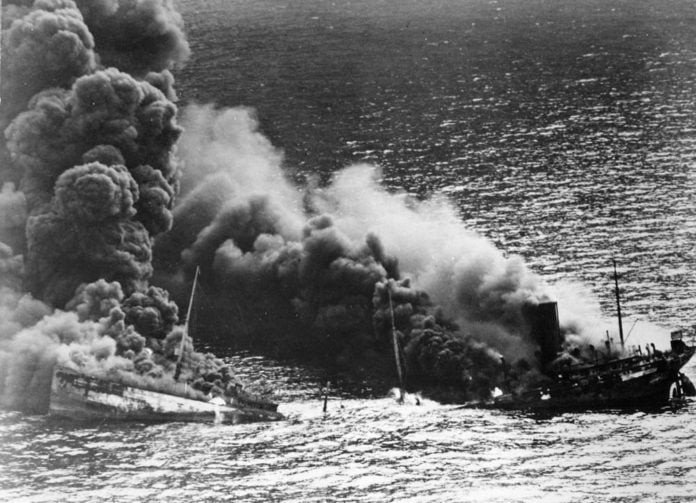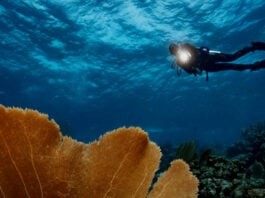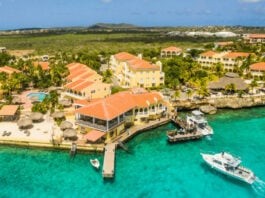When our history books talk about the Battle of the Atlantic, it is mostly about the coast of the United Kingdom. You do not see much about what happened in the United States.
I am a bit of a history buff, which is one of the reasons I am attracted to wreck diving. I am not really that much into the dates but the events themselves. When I first started hearing about the “Graveyard of the Atlantic”, I was surprised. There are over 2,000 ships sunk off the United States’ East Coast. I was even more surprised when I learned that over 200 ships were sunk by enemy action during WWII, some in sight of the land.
But times were different then. Cameras were not very common and there were no social media. People did not share everything that happened in their life. The media respected the government and supported the war effort. If they were asked not to report something, it did not get reported. Outside of those directly involved and those observing the attacks, few people knew that the war had come so close to America.
One of the seminars that I attended at the DEMA 2018 show, was about the proposed expansion of the Monitor National Marine Sanctuary. The National Oceanic and Atmospheric Administration (NOAA), who is the responsible agency for the United States’ Marine Sanctuaries, wants to expand the existing sanctuary to include areas that were a part of the Battle of the Atlantic.
The introduction to the proposed expansion has this to say:
“Our Nation has a rich tradition of honoring and protecting special places that have defined our history. From the battlefields of Yorktown and Shiloh to the now peaceful waters of Pearl Harbor, these places serve as quiet witnesses to the valor and sacrifice of generations past. Off the coast of North Carolina lies the remains of a forgotten World War II battlefield that serves as the final resting place for nearly 1,700 men lost during the Battle of The Atlantic.
From January through July of 1942, German U-boats sank ships off the American east coast with relative impunity. This American Theatre of World War II was the closest area of conflict to the Continental United States. This complex naval battlefield stretched from New England into the Gulf of Mexico, but the area off Cape Hatteras, North Carolina, emerged as a strategic hotspot for this activity and the resulting concentration of shipwrecks is unparalleled in the nation.
From this activity, the waters off North Carolina are recognized as the area that best represents this World War II history as a battlefield in the United States. In just three years, from 1942 to 1945, 90 ships were lost off North Carolina alone as a result of this action. The result is an amazing collection of 78 merchant tankers and freighters, eight Allied warships, and four German U-boats resting on the seabed as a memorial to this history and to the sacrifice of Allied servicemen and the U.S. Merchant Marine in World War II. Monitor National Marine Sanctuary’s proposed expansion boundaries contain the most publicly accessible collection of World War II shipwrecks near America’s shore and would constitute the largest area designated as a World War II battlefield anywhere in the United States.
This area is also significant to our national story as it contains other shipwrecks as well, some dating from the Age of North American Exploration to the present day. While North Carolina has a rich and diverse maritime heritage, NOAA’s primary focus for expanding the Monitor National Marine Sanctuary boundary is centered on North Carolina’s collection of shipwrecks from World War II’s Battle of the Atlantic.”
NOAA has been actively researching the area and done surveys of some wrecks. While many of the war losses are beyond diving depth, there are many that are accessible to technical divers and many that are even available to novice divers.
Diving Cape Hatteras
During the seminar, some staff members from Discovery Diving were there and were recognized for their contributions to the project. After the seminar, I tracked down their booth and talked to them not only about the project but also about diving in the area. Discovery Diving is located in Beaufort North Carolina which is in the Cape Hatteras area. Cape Hatteras itself is in an area generally called the Outer Banks.
Daily trips out of Beaufort have access to 41 wreck sites plus some reefs and shoals. Diving is available year-round, however, the peak season is mid-May to mid-October. During the peak season, the water temperature will range from 72º F (22ºC) to 80º F (27ºC) and visibility can exceed 100 feet (ca. 30 meters). In the winter months, the water temperatures will drop to 55º F (12ºC) in February. The air temperature in the summer averages 88º F (31ºC) with the winters seldom dropping below 60º F (15ºC). One of the reasons for the weather and why the U-boats worked so close to shore is that the Gulf Stream passes close to shore at this point. Ships traveling north could get a speed boost from the Gulf Stream. At this point, the Continental shelf is nearby so the U-boats had deep water to run to and hide if needed.
One of the more popular dive sites is one of the U-boats that did not make it back to deep water in time. May 9th, 1942 near Cape Lookout, U-352, a 218-foot-long German U-boat, made a mistake and attacked the wrong ship. Instead of attacking what it thought was a merchant ship, it attacked the US Coast Guard Cutter Icarus. Worst, the torpedo it fired at the Cutter missed. The Cutter quickly counter-attacked and the U-boat was damaged. In a matter of minutes, the crew abandon ship and the submarine sank.
Olympus Dive center founder George Purifoy is credited for finding the wreck in 1974. The ship sits in 100 feet (ca. 30 meters) of water. U-352 is a war grave and property of the German government, it is also protected under the US Sunken Military Craft Act. Divers are welcomed even encouraged to dive on the boat, however entering the wreck or taking items from it is not allowed.

Photo: Tane Casserley/NOAA
U-352 is one of three WWII German U-boats that were sunk in the area. Further north but still close to shore are the U-85 and U-701. U-701 was hit by aerial depth charges dropped from a bomber, however, this was after she sank or damaged 14 US ships. She is now in 120 feet (ca. 37 meters) of water near two of her victims.
U-85 was out hunting just a few miles off Nags Head North Carolina when the USS Roper spotted her on sonar. A short time later, the USS Roper engaged the submarine with her deck guns and had a direct hit penetrating the pressure hull. U-85 sunk immediately with no survivors. Today she sits in 95 feet (ca. 29 meters) of water.
Divers interested in these three wrecks as well as a few others can download or request plastic dive slates from the Monitor Sanctuary website.
Visit the Outer Banks
While the diving is great, there is more to the Outer Banks. The Outer Bank Maritime Heritage Trail highlights not just the diving and the shipwrecks but also other landmarks and iconic locations. Before you visit the dive sites, visit the virtual tour to get a preview of the rich history the Outer Banks has to offer.
![]()



